Download PDF
Customer Success Story: Integrated Receivables with Ferrero
Technology Category
- Functional Applications - Enterprise Asset Management Systems (EAM)
- Functional Applications - Enterprise Resource Planning Systems (ERP)
Applicable Industries
- Food & Beverage
Applicable Functions
- Business Operation
- Sales & Marketing
Services
- Cloud Planning, Design & Implementation Services
- System Integration
The Challenge
Ferrero faced three significant challenges due to their decentralized system: lack of executive visibility, inability to take real-time action, and poor customer risk management. Finance executives had limited visibility across business units, making it difficult to monitor important accounts or have a holistic view of customer data for smarter decision-making. The A/R team struggled to take real-time actions due to siloed systems, leading to a lack of information flow between systems and departments. Additionally, the lack of inter-team visibility hindered better decision-making and enforcement of customer rules for various risk segments.
About The Customer
Ferrero is an Italian manufacturer of chocolate and confectionery products, founded in 1946. It is the second-largest chocolate producer and confectionery company globally. With a massive volume of customers and operations spread across several business units, Ferrero needed a robust system to manage its order-to-cash processes efficiently. The company sought to improve its overall A/R efficiency, lower DSO, ensure smooth cash flow, and enhance customer experience. Ferrero's commitment to quality and innovation has made it a leader in the confectionery industry, with a strong global presence and a diverse product portfolio.
The Solution
Ferrero leveraged the HighRadius integrated receivables solution to address its challenges. The centralized system provided better visibility for senior management, enabling them to share working capital reports and major account overviews with executives. Real-time visibility into working capital reports and a summary of important accounts allowed for faster decision-making, helping the company navigate economic downturns. The reporting focused on high-value and high-risk accounts, with intelligent risk forecasting to reduce bad debt and enable strategic decisions. The integrated system also facilitated remote workforce enablement and management by providing visibility into factors affecting KPIs. Aggregated information from multiple sources allowed for informed decision-making, helping Ferrero maintain KPIs better than industry averages. Additionally, the system balanced customer expectations and business objectives by automatically identifying customers with genuine cash flow constraints and creating targeted collection strategies for at-risk accounts.
Operational Impact
Quantitative Benefit
Related Case Studies.

Case Study
The Kellogg Company
Kellogg keeps a close eye on its trade spend, analyzing large volumes of data and running complex simulations to predict which promotional activities will be the most effective. Kellogg needed to decrease the trade spend but its traditional relational database on premises could not keep up with the pace of demand.
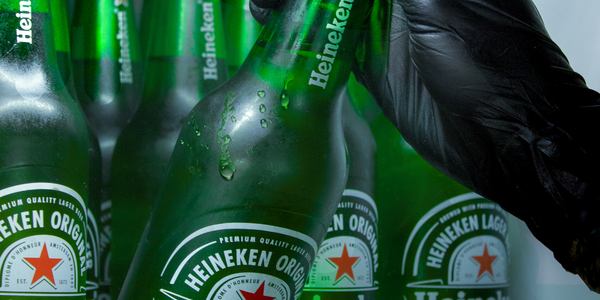
Case Study
HEINEKEN Uses the Cloud to Reach 10.5 Million Consumers
For 2012 campaign, the Bond promotion, it planned to launch the campaign at the same time everywhere on the planet. That created unprecedented challenges for HEINEKEN—nowhere more so than in its technology operation. The primary digital content for the campaign was a 100-megabyte movie that had to play flawlessly for millions of viewers worldwide. After all, Bond never fails. No one was going to tolerate a technology failure that might bruise his brand.Previously, HEINEKEN had supported digital media at its outsourced datacenter. But that datacenter lacked the computing resources HEINEKEN needed, and building them—especially to support peak traffic that would total millions of simultaneous hits—would have been both time-consuming and expensive. Nor would it have provided the geographic reach that HEINEKEN needed to minimize latency worldwide.
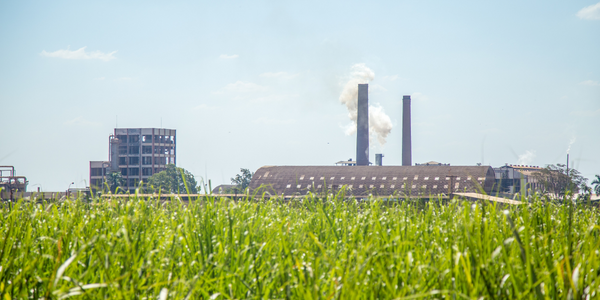
Case Study
Energy Management System at Sugar Industry
The company wanted to use the information from the system to claim under the renewable energy certificate scheme. The benefit to the company under the renewable energy certificates is Rs 75 million a year. To enable the above, an end-to-end solution for load monitoring, consumption monitoring, online data monitoring, automatic meter data acquisition which can be exported to SAP and other applications is required.
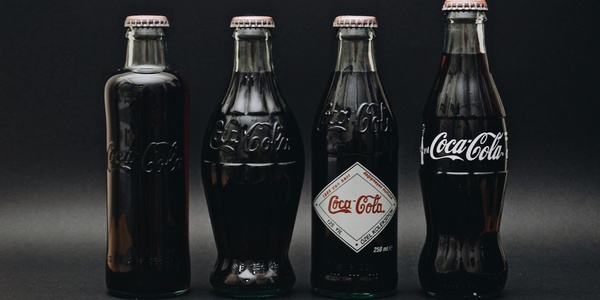
Case Study
Coca Cola Swaziland Conco Case Study
Coco Cola Swaziland, South Africa would like to find a solution that would enable the following results: - Reduce energy consumption by 20% in one year. - Formulate a series of strategic initiatives that would enlist the commitment of corporate management and create employee awareness while helping meet departmental targets and investing in tools that assist with energy management. - Formulate a series of tactical initiatives that would optimize energy usage on the shop floor. These would include charging forklifts and running cold rooms only during off-peak periods, running the dust extractors only during working hours and basing lights and air-conditioning on someone’s presence. - Increase visibility into the factory and other processes. - Enable limited, non-intrusive control functions for certain processes.
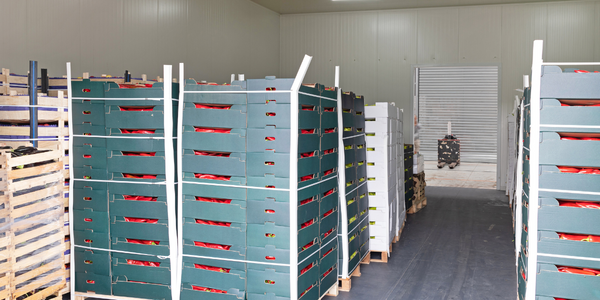
Case Study
Temperature Monitoring for Restaurant Food Storage
When it came to implementing a solution, Mr. Nesbitt had an idea of what functionality that he wanted. Although not mandated by Health Canada, Mr. Nesbitt wanted to ensure quality control issues met the highest possible standards as part of his commitment to top-of-class food services. This wish list included an easy-to use temperature-monitoring system that could provide a visible display of the temperatures of all of his refrigerators and freezers, including historical information so that he could review the performance of his equipment. It also had to provide alert notification (but email alerts and SMS text message alerts) to alert key staff in the event that a cooling system was exceeding pre-set warning limits.
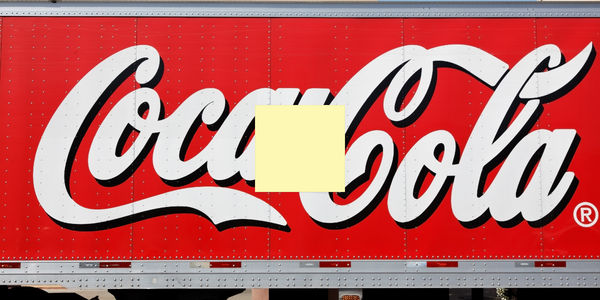
Case Study
Coca-Cola Refreshments, U.S.
Coca-Cola Refreshments owns and manages Coca-Cola branded refrigerators in retail establishments. Legacy systems were used to locate equipment information by logging onto multiple servers which took up to 8 hours to update information on 30-40 units. The company had no overall visibility into equipment status or maintenance history.




